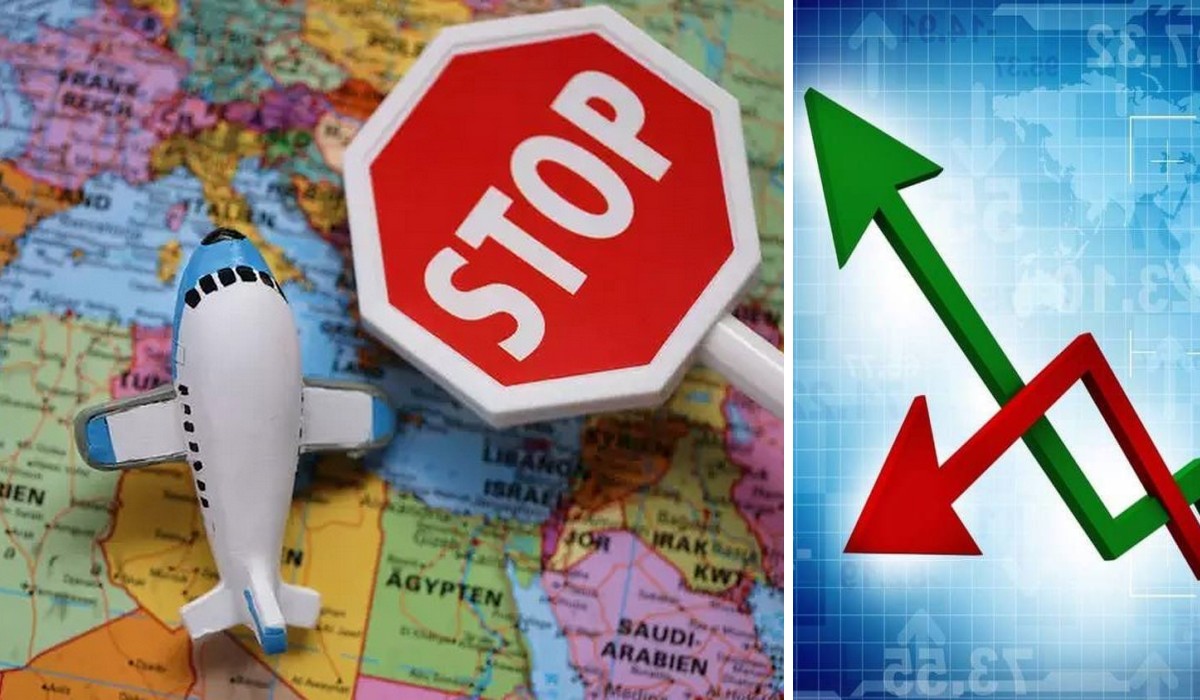“Too big a risk,” is how Chinese tourists explain their refusal to travel, even within the country. Such a negative experience was given to them by mass closures of popular tourist destinations “due to covid” and painful attempts to get out of these quarantines. As a result, the most numerous nation in the world began to massively refuse any tourist trips.
In the media, the typical story of tourist Nicole Chan, who took a two-week tour of Hainan: After officials reported 11 cases of Covid-19 in Hainan, a city of more than one million people, authorities identified Chan as a risk because she was in this area that day. She was ordered to immediately quarantine for a three-day monitoring period and undergo two tests for the coronavirus. However, even after all her tests gave a negative results, she was not allowed to return to the airport and fly to Shanghai, where the tourist lives – she had to spend another 10 days of quarantine and undergo more than a dozen tests. The tourist also handed in flight tickets more than once. As a result, she assessed that travel now began to carry “too much risk.”
“China’s commitment to achieving ‘zero level of Covid-19’ with a population of 1.4 billion people means that even domestic tourists risk being in the wrong place at the wrong time and getting stuck there,” the media wrote. The injured tourist expresses herself even harsher. “It’s like playing roulette. So many factors are out of your hands and out of your control,” she says.
Tourism destinations such as Hainan, which have also faced closures in Tibet and Xinjiang, are primarily affected by the zero-level practice. Tens of thousands of tourists found themselves in a difficult situation, including having to pay for their quarantine accommodation — which was not easy even with the 50% discount that the government was obliged to provide.
“Traveling within the country involves navigating a maze of changing quarantine rules and testing requirements that vary by region – and that’s the best-case scenario,” the press release added. At the same time, in the same Sanya in Hainan, all flights were canceled literally within a day – which caused strong protests from tourists. Michelle Chen, a 30-year-old engineer, said the experience in Sanya was “surreal”. “Only a day ago these people were on the beach having fun and sunbathing, and the next day they tried to escape the island with their luggage, but failed because they didn’t want to. encountered a police blockade on the highway,” the tourist said. She and her husband were stuck in Sanya for another week, unable to leave their hotel room until they got seats on a government-chartered flight to Sanya on August 13.
“Now I really won’t dare to travel in the future without a good reason,” says the tourist.
As a result, in the first six months of this year, the number of domestic tourists in China fell by 22%, compared to the same period last year, and tourism revenues fell by 28%. Local hoteliers claim that the situation was better even in 2020-21 when local tourism is growing. Private companies and government agencies are now telling employees not to leave the cities where they live, fearing the spread of Covid-19 and their employees being stranded while on vacation. At the same time, as the tourist Chan, who was stuck in Hainan, said, with all the anti-covid measures, the flight from Sanya to Shanghai ended up taking 37 hours — with inspections, visits by medical workers on the plane, etc. And three of her colleagues from Beijing were officially told that that they “will not be allowed” to return to the capital. “Since Covid started in 2020, I have done very limited travel in China. This experience made tourism even less likely and accessible for me. The risk is too great,” the Chinese woman concluded.

